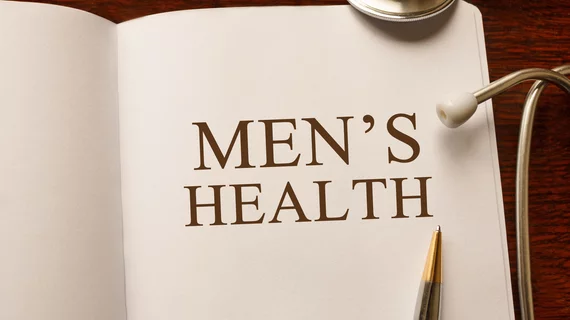Screening mammography was shown to identify more cancers than the average detection rate in men at a high risk of breast cancer, according to a new study published in Radiology. The tool may save lives by detecting cancers earlier than other screening methods.
Breast cancer is rare in men, and there are no formal guidelines for those at a high risk for the disease, wrote lead author Yiming Gao, MD. For those who are diagnosed, however, the outcomes are worse than women’s.
"Mammographic screening has helped improve the prognosis for women with breast cancer," Gao, from the department of radiology at New York University Langone Medical Center, said in an RSNA statement. "But men don't have any formalized screening guidelines, so they are more likely to be diagnosed at a more advanced stage and often don't do as well as women."
Gao and colleagues examined breast imaging utilization patterns and screening outcomes in 1,869 men with a median age of 55 who also underwent mammography over a 12-year period.
Screening detected 2,304 breast lesions, 149 of which were biopsied. Of that total, 41 were malignant. This translated to a cancer detection rate of 18 per 1,000 exams, significantly higher than the average of three to five per 1,000 exams, the authors noted. Mammography produced a sensitivity of 100% and specificity of 95%.
"Rethinking our strategy toward male breast cancer diagnosis is necessary," Gao said. "We hope these results will provide a foundation for further investigations, and potentially help pave the way to standardizing screening for certain high-risk groups of men."

